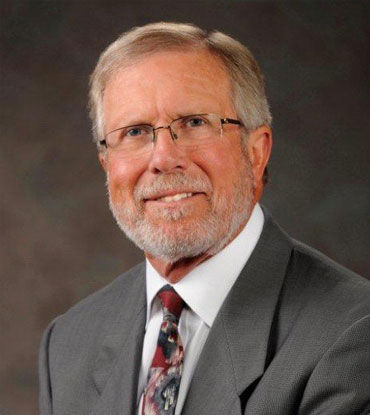
Grounded in Reality,
Focused on the Future



A Strategic Partnership for Green Bay's Tomorrow
Envision Greater Green Bay engages business, government, education and the nonprofit sectors to guide our community’s future.
A tax-exempt 501(c)3 nonprofit organization led by an executive director and a volunteer board, Envision Greater Green Bay anticipates and leads change by teaching and applying proven strategies that identify disruptors to shape a preferred future.
World Futures Day 2026
Toward a Thriving Future

Meet Our Executive Director
Tony Pichler has been named Executive Director of Envision Greater Green Bay, the Envision Board of Directors announced today. He succeeds Alexa Naudziunas, who served as the organization executive director until her resignation earlier this year.
Pichler is a graduate of Envision’s strategic foresight workshop. Before joining Envision Greater Green Bay, he held leadership roles in a number of organizations including the Norbertine Center for Spirituality, the Catholic Diocese of Green Bay, and most recently, Resurrection Catholic Parish. He has a Master’s Degree in theological studies, has held teaching positions at both St. Norbert College and Silver Lake College, and is a prolific author. He is on the boards of both Foundations Health and Wholeness and Whatsoever You Do, Inc.
Welcome Tony!
Envision Trio Presents Statewide
The trio of Devon Christianson, Randy Lawton, and Dave Wegge journeyed to Brookfield for the Wisconsin Non-Profit Summit on Thursday, July 24th to provide a workshop that gave an overview of Envision Greater Green Bay and the Strategic Foresight Analysis process to nearly 40 non-profit leaders from across the state. Good things are happening with Envision Greater Green Bay and these three are a vital part of this future-looking organization!



Signals to Watch
Engage with Envision


